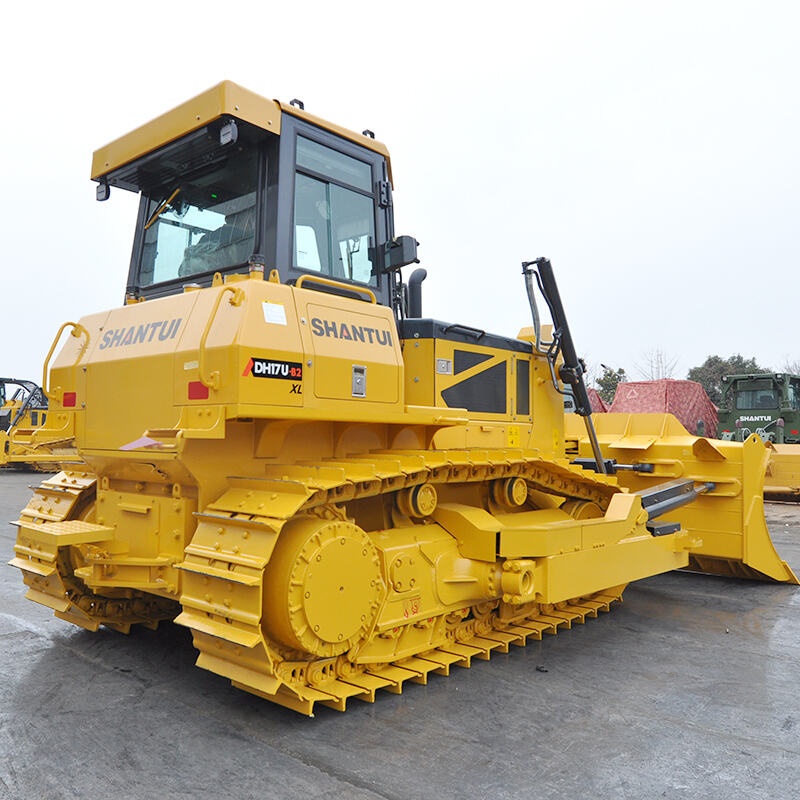aerial work vehicle
An aerial work vehicle represents a sophisticated piece of equipment designed to facilitate safe and efficient work at heights. This versatile machine combines advanced engineering with practical functionality, featuring a reinforced platform mounted on an extendable boom or scissor mechanism. The vehicle integrates state-of-the-art safety systems, including automatic stabilizers, load sensors, and emergency descent controls. Modern aerial work vehicles incorporate smart technology with precision controls, allowing operators to position the platform accurately within three-dimensional space. These vehicles typically offer working heights ranging from 20 to 150 feet, depending on the model and configuration. The platform design accommodates both personnel and equipment, with secure attachment points and non-slip surfaces. Power options include electric, diesel, or hybrid systems, making these vehicles suitable for both indoor and outdoor applications. The control system features intuitive interfaces with redundant safety mechanisms, ensuring reliable operation even in challenging conditions. These vehicles serve various industries, including construction, maintenance, telecommunications, and facility management, providing essential access solutions for tasks that would otherwise be difficult or impossible to accomplish safely from ground level.


